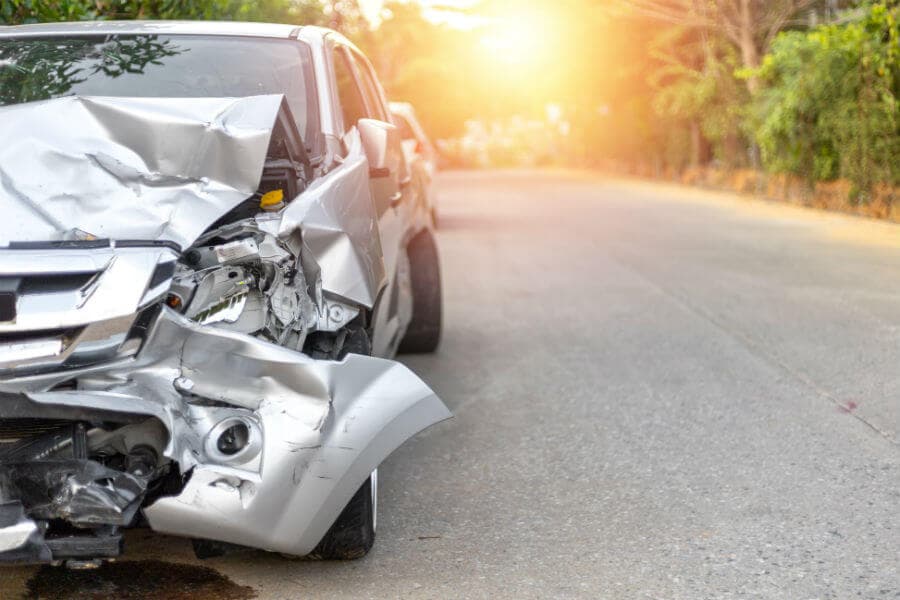Tyre safety is something that every driver should be aware of. There are a few simple things you can do to reduce the risk of a blowout or accident. Keep reading to find out what you can do to keep yourself and your passengers safe.
Choose The Right Tyre for Your Vehicle
The right tyre for your vehicle is important to ensure safe driving. Tyres should be correctly inflated to the pressure recommended by the vehicle manufacturer and should be of the correct size for the wheel. Incorrect or ill-fitting tyres can cause a blowout or accident. Thankfully, you can find the best tyres Manchester has to offer through RA Mobile Tyres. They have wheels for cars, vans, and trucks. They offer a wide variety to choose from, and they even have a team of experts who can help you find the right wheel for your vehicle. The brand is committed to providing high-quality tyres at an affordable price, and they also offer a range of services such as fitting, repairs, and replacements.
Inspect Your Wheels Regularly for Damage and Wear
Wheels should be inspected regularly for damage and wear. Damage can include cuts, bulges, and tears in the sidewall, while wear can manifest as excessive tread depth or uneven wear. If a wheel is damaged or worn, it should be replaced immediately. Driving on a damaged or worn wheel increases the risk of a blowout or car accident. Be on the lookout for uneven tread wear, bald patches, cuts, gouges, and other damage.
Uneven tread wear can be a sign that your wheels are imbalanced or out of alignment. A bald patch on a tyre is dangerous because it significantly increases the risk of a blowout. If you see any cuts, gouges, or other damage to your wheels, have them repaired or replaced immediately.
Rotate Them Every 6,000 Miles
Maintaining your wheels is an important part of ensuring your safety while driving. One way to help maintain your wheels is to rotate them every 6,000 miles. Rotating them helps distribute the wear evenly, preventing premature wear on any one area, and also improves the overall lifespan of your wheels.
Avoid Driving on The Rim Of A Wheel
When driving on the rim of a wheel, the outer edge is doing all of the work. This can cause it to overheat and blow out. Driving on the rim can also damage the wheel and make it more likely to blow out.
Check Your Air Pressures (Including the Spare)
Air pressure is important because it affects the wheel’s performance. Under-inflated wheels can cause a blowout, while over-inflated wheels can reduce the car’s fuel economy and increase wear on the wheel. Furthermore, if a car has a spare tyre that is not properly inflated, it can also be dangerous. To check your wheel pressures, use a reliable tire pressure gauge to measure the inflation levels of all four wheels (including the spare).
The recommended air pressure for your car’s wheels will be listed in the vehicle owner’s manual or on a sticker inside the driver’s doorjamb. If you’re not sure what pressure to use, consult your dealership or an automotive technician. Once you have determined the correct air pressure for each wheel, use a pump to inflate them to that level. It is important to note that under-inflation can occur gradually over time, so you should always check your wheel pressures at least once a month even if they don’t appear to be low.
Overall, proper wheel maintenance is key to reducing the risk of a blowout or accident. By keeping the wheels inflated to the correct pressure, maintaining a good tread depth, and routinely checking for any signs of damage or wear and tear, drivers can help ensure their safety on the road.

